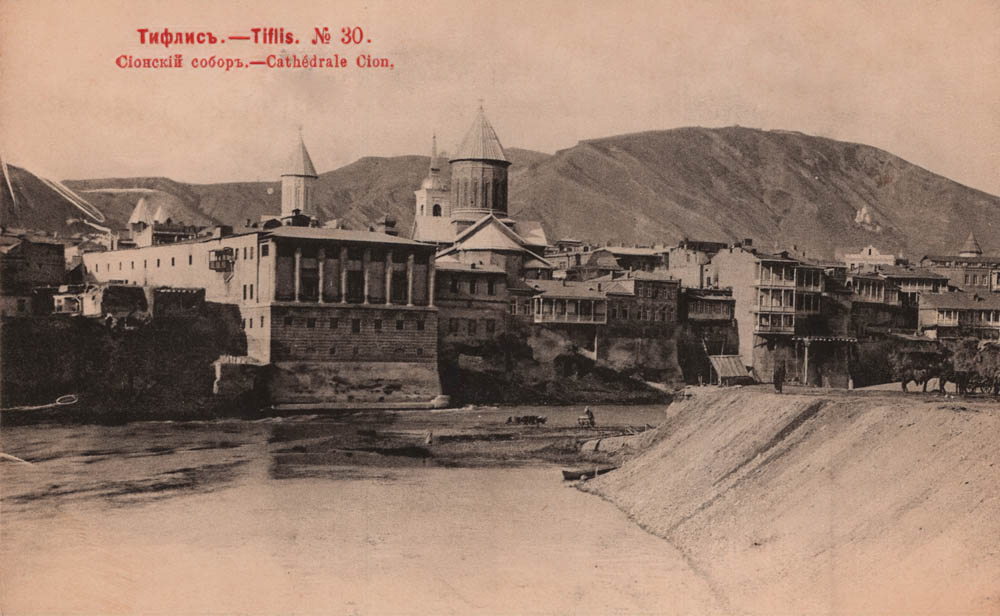The Sioni Cathedral is one of the most ancient and venerated sacred sites of Tbilisi — a symbol of Georgia’s spiritual and historical memory.
It stands in the very heart of the old city, near the banks of the Kura River, and from early times served as the main cathedral of the Georgian Catholicos-Patriarch.
The name “Sioni” comes from Mount Zion in Jerusalem.
According to tradition, the first church was founded in the VI-VII centuries by King Vakhtang Gorgasali (440–502).
Throughout its long history, however, the cathedral was repeatedly destroyed — first by the Arabs, then by the Persians and Turks — and each time rebuilt anew.
The present structure largely dates from the XII century, during the reign of King David the Builder (1073–1125), though later reconstructions in the XVII-XIX centuries also left their mark.
The Sioni Cathedral is a characteristic example of medieval Georgian architecture.
It is a cross-domed church built of gray and yellow tuff, notable for its restrained yet harmonious proportions.
A tall drum with a conical dome rises above the central part.
The exterior decoration is modest but expressive: carved crosses, ornamental bands, arched niches, and stone inscriptions in ancient Georgian.
The current interior paintings were executed in the XIX century.
The principal relic of the Sioni Cathedral is the Cross of Saint Nino, the Enlightener of Georgia, who brought Christianity to the country in the IV century.
Made from vine branches and bound with the saint’s own hair, the cross is kept in a special reliquary and is revered as a symbol of the Georgian Church.
